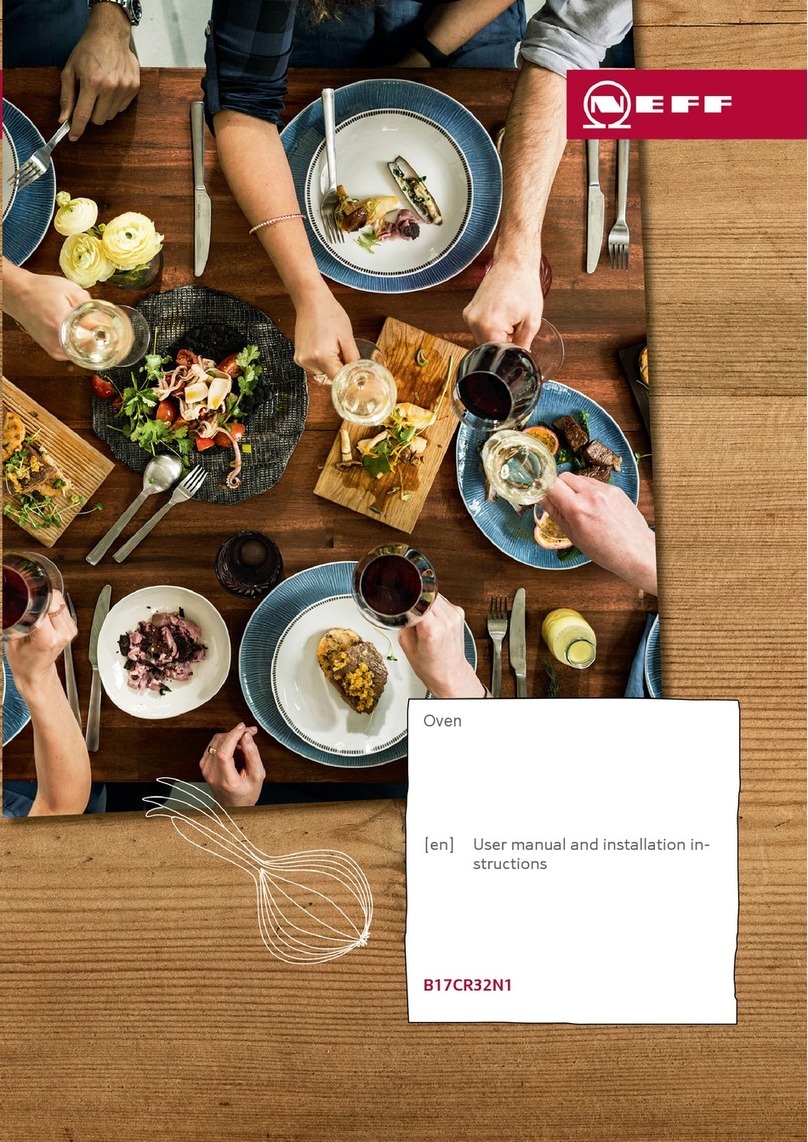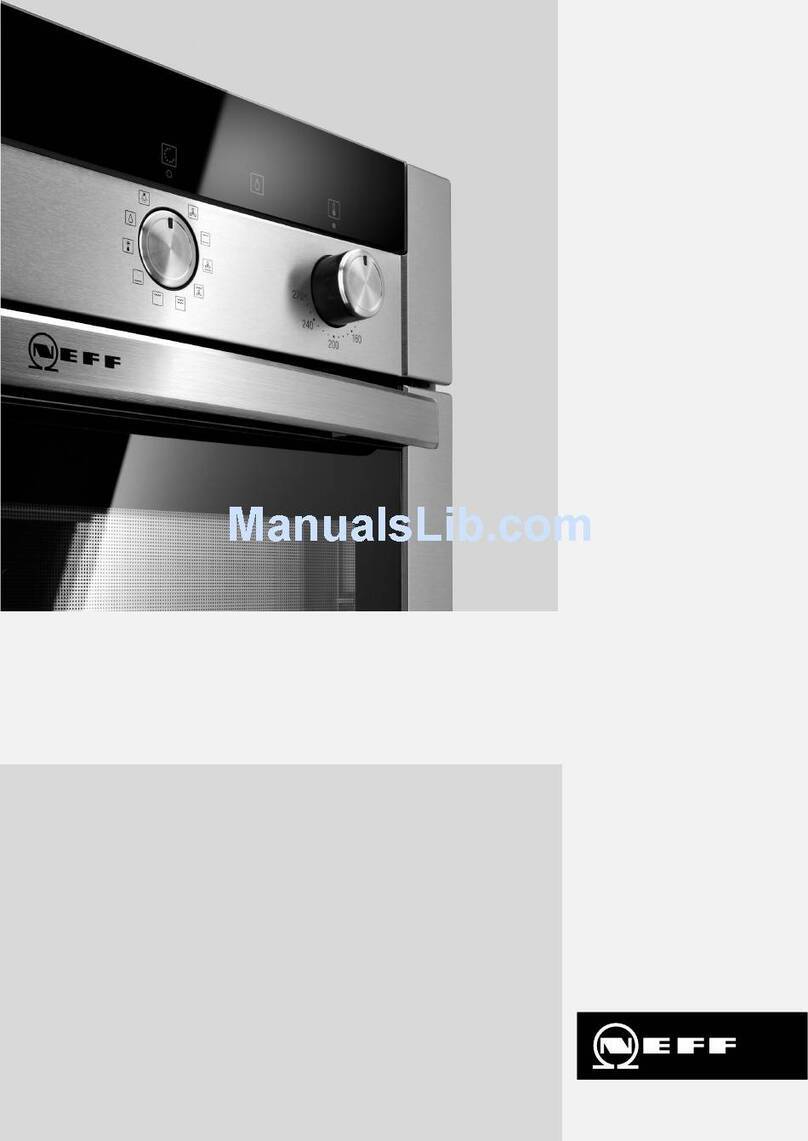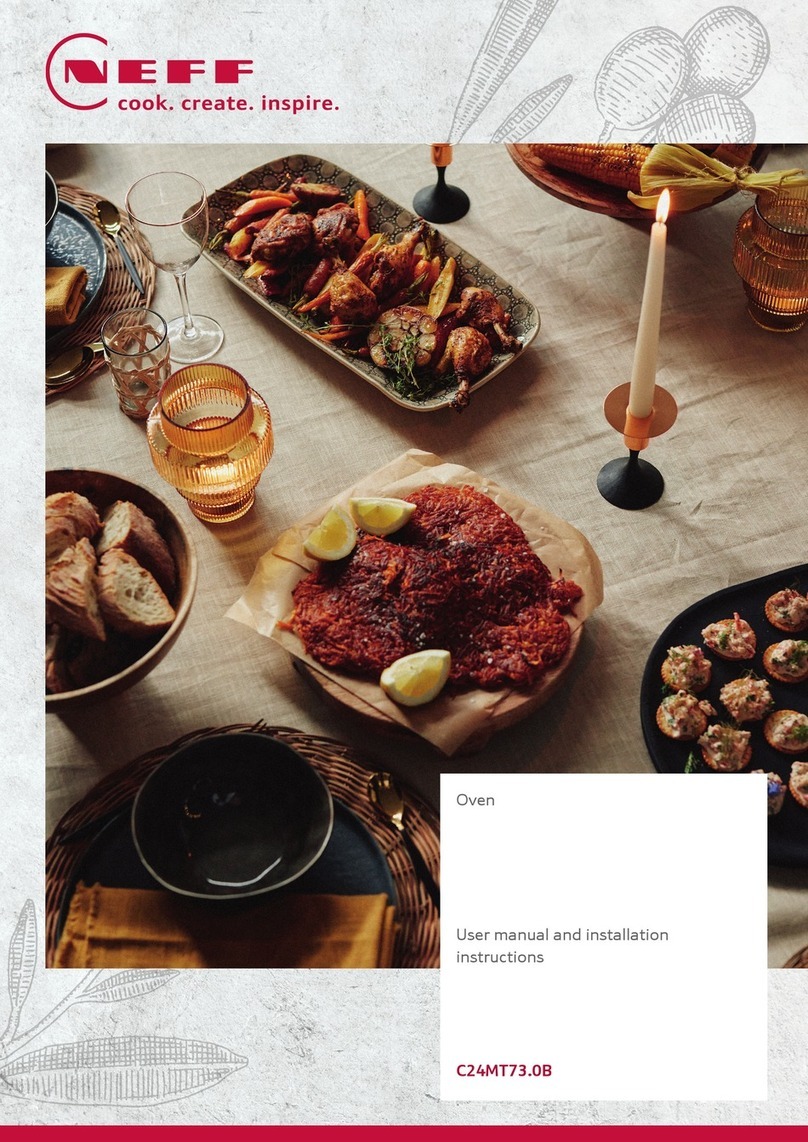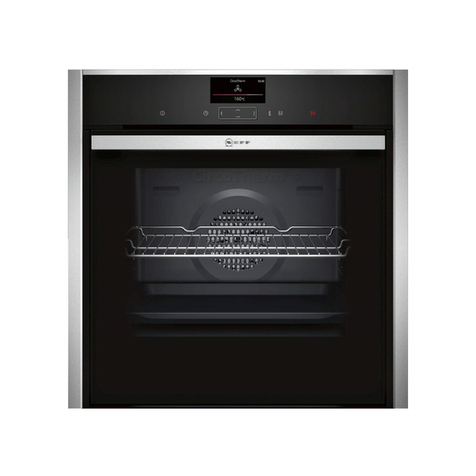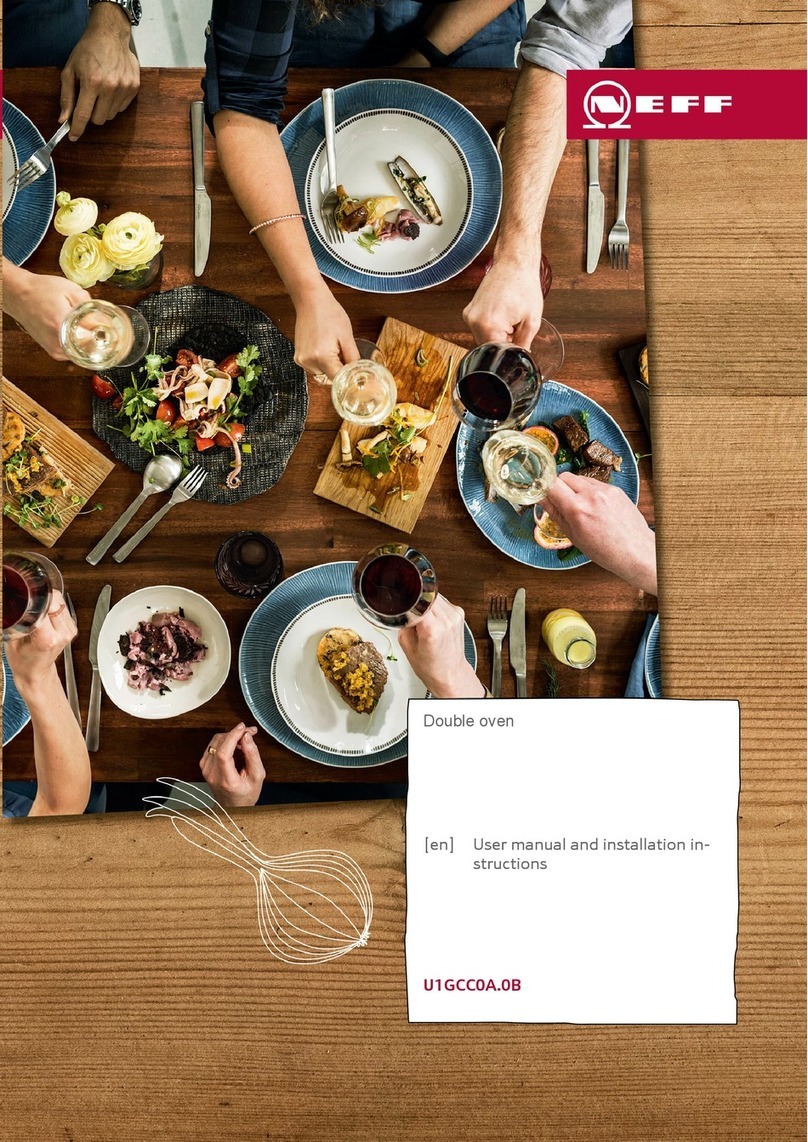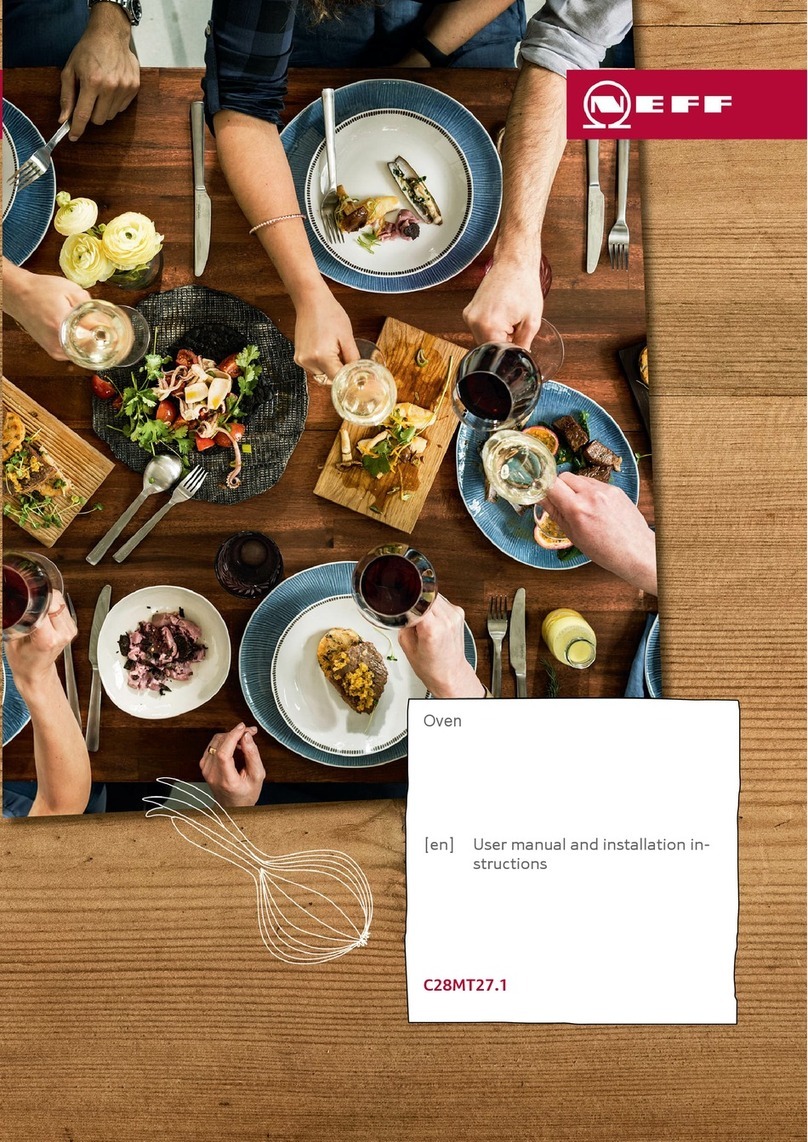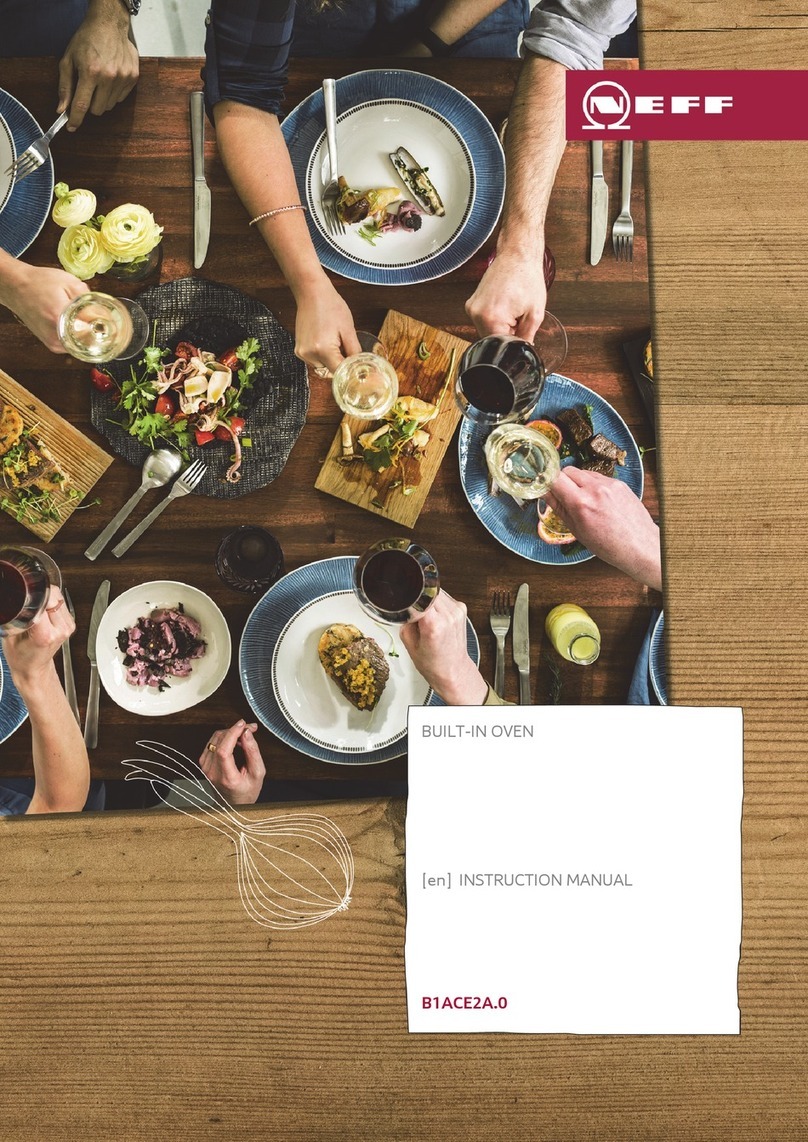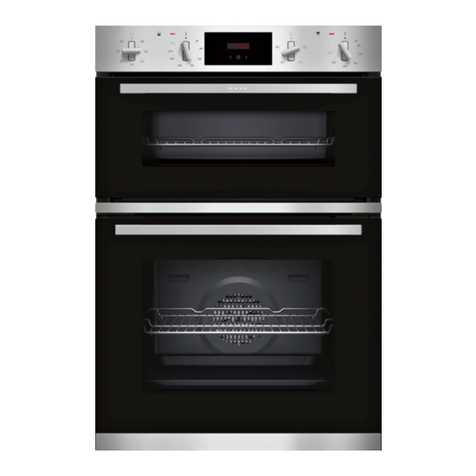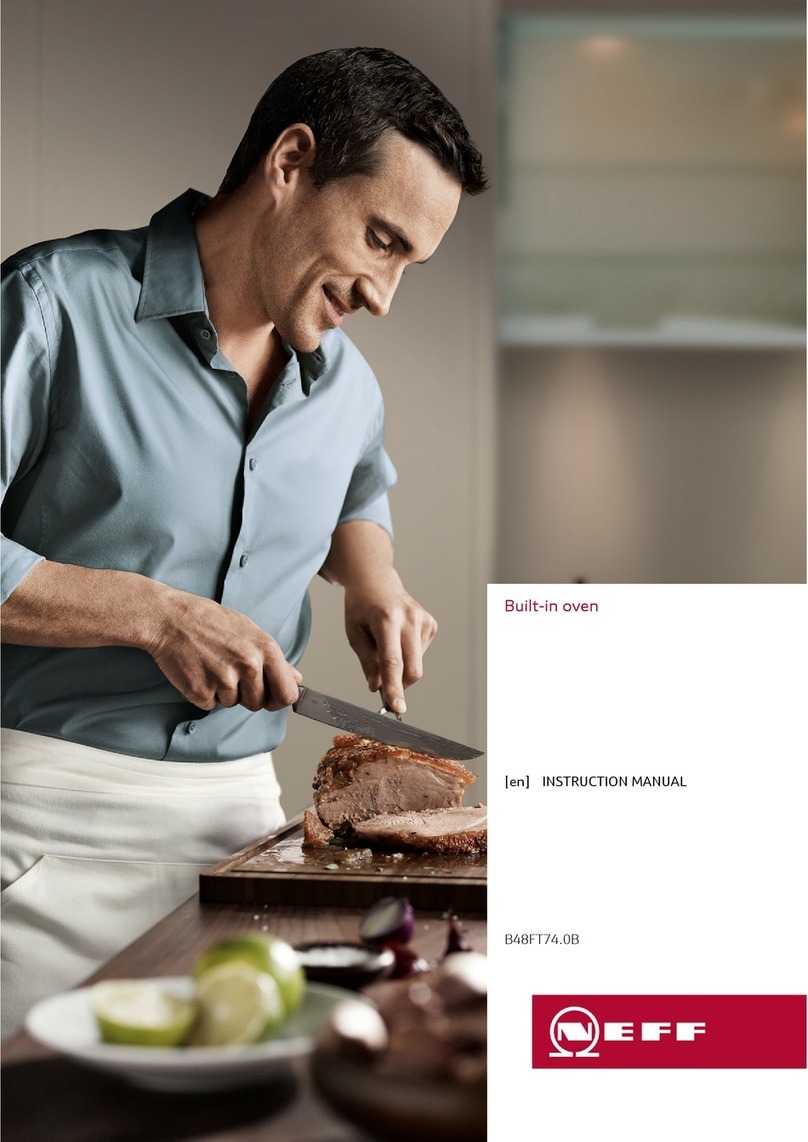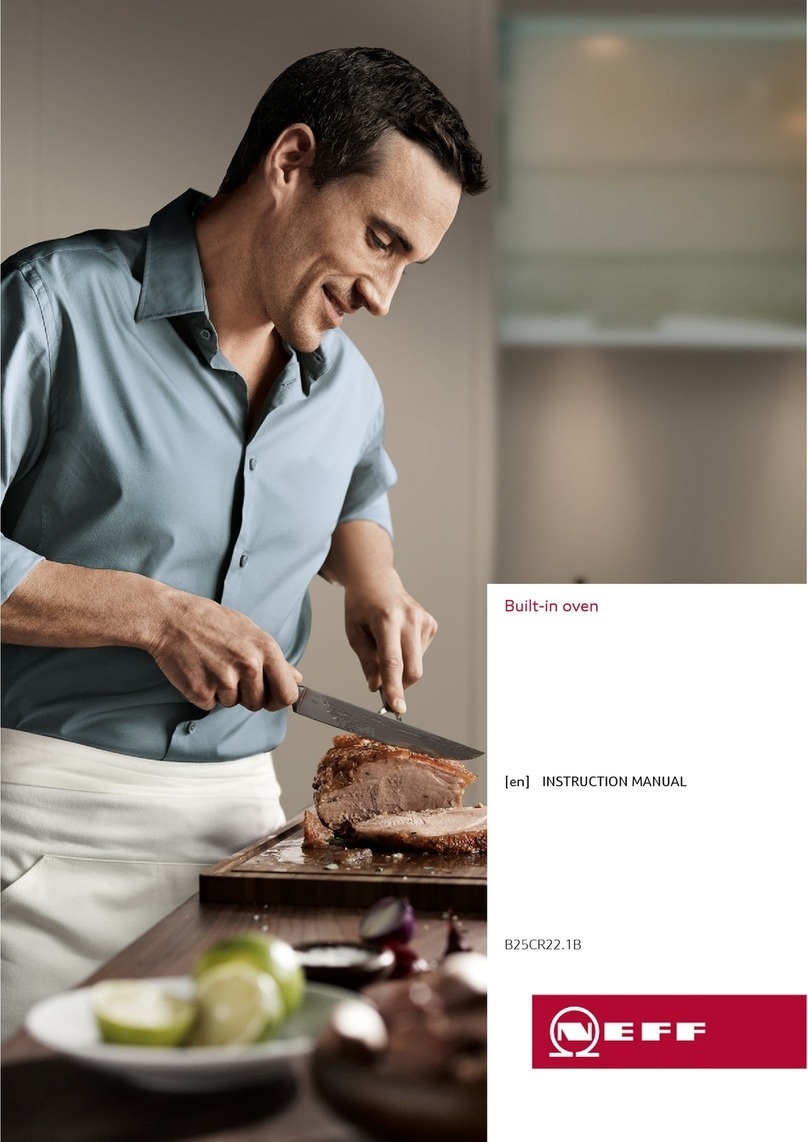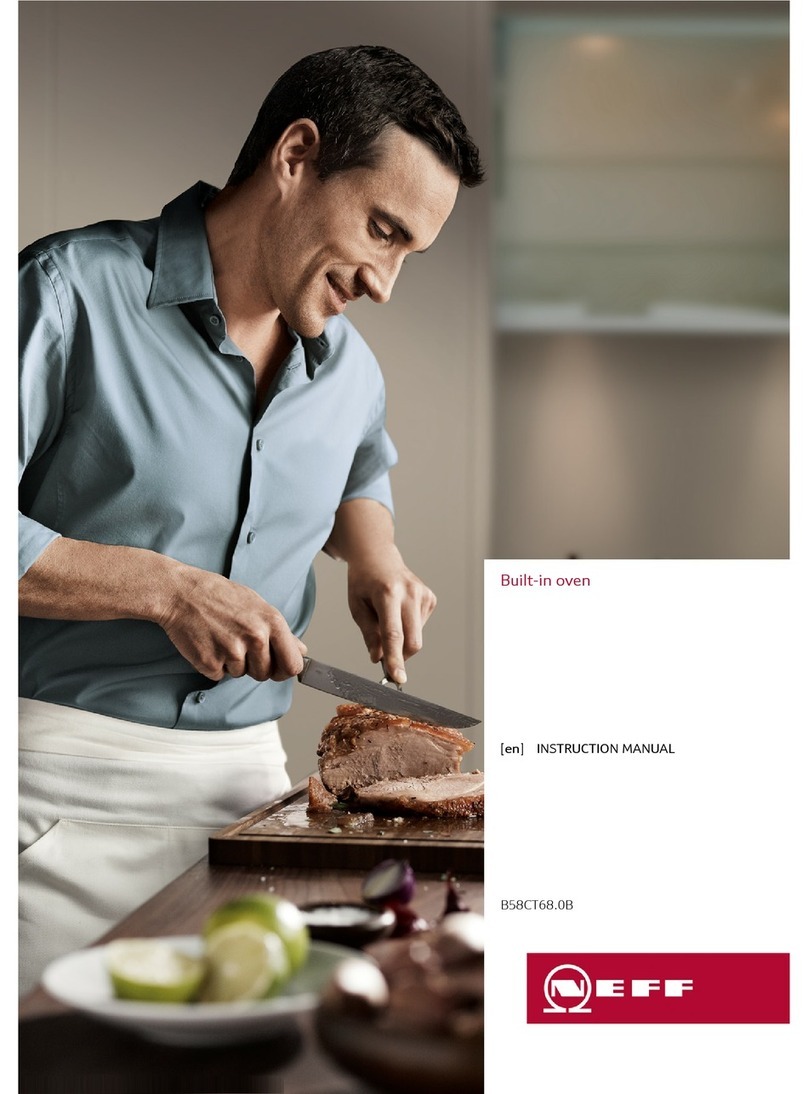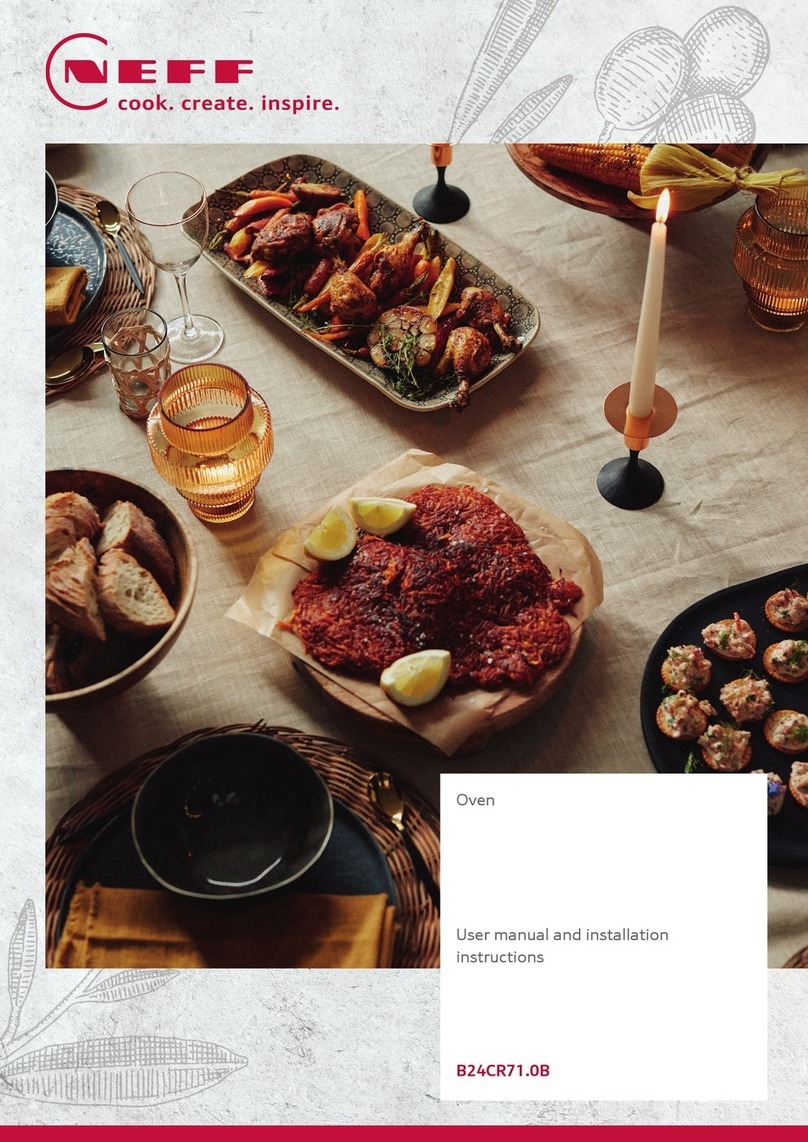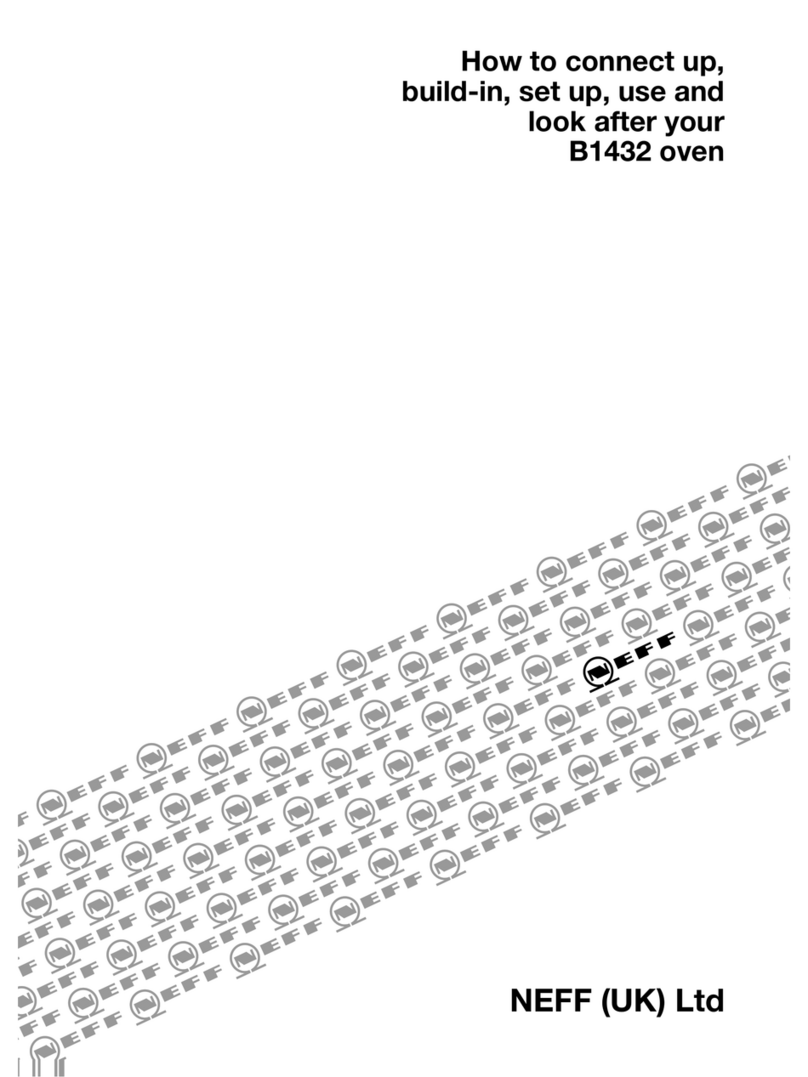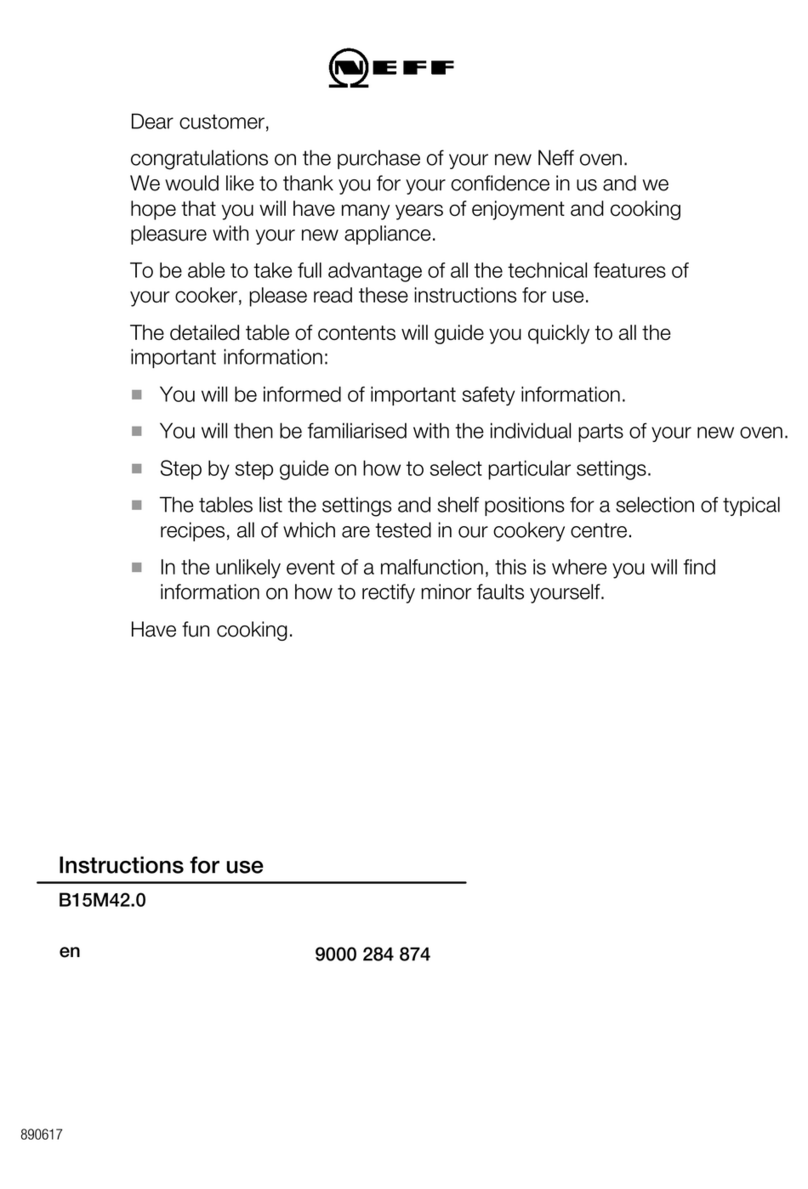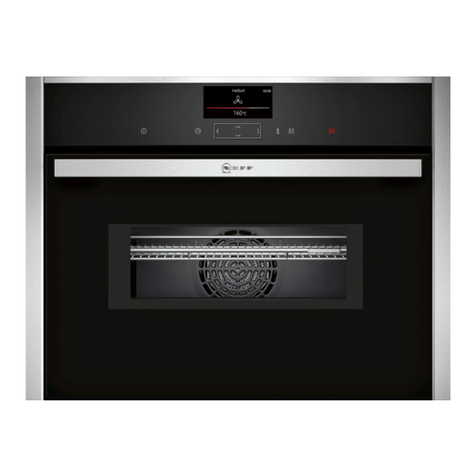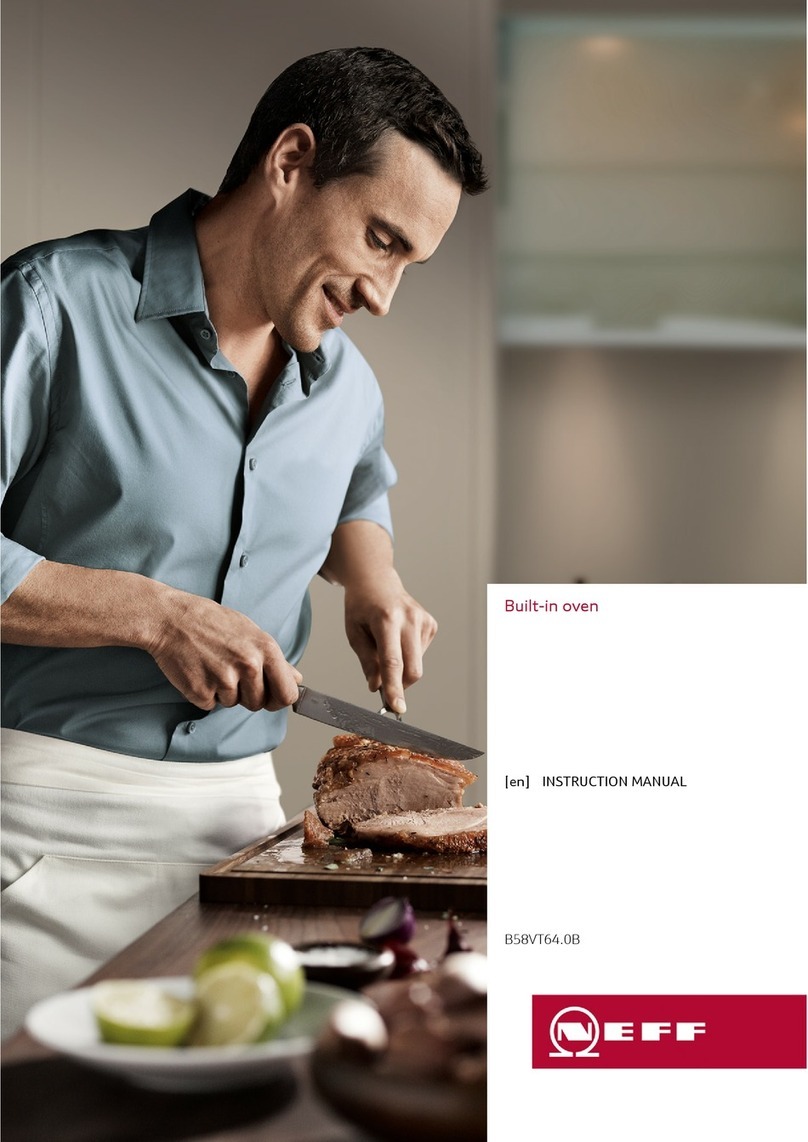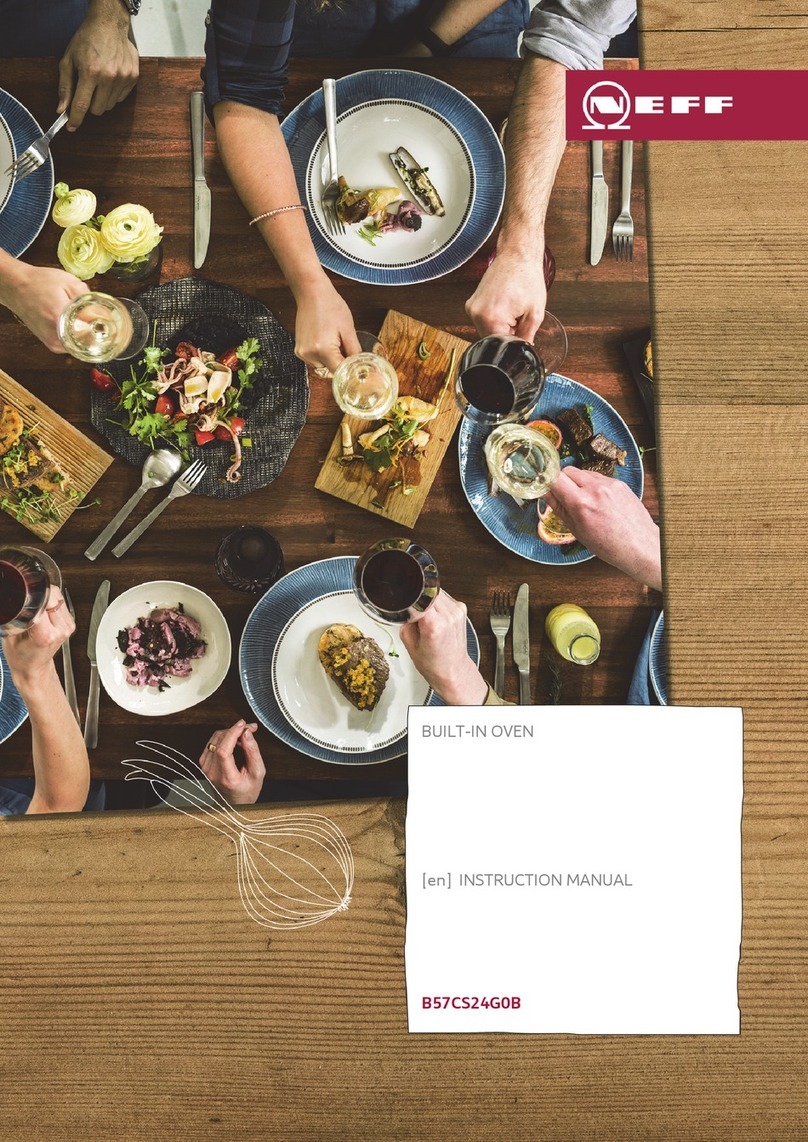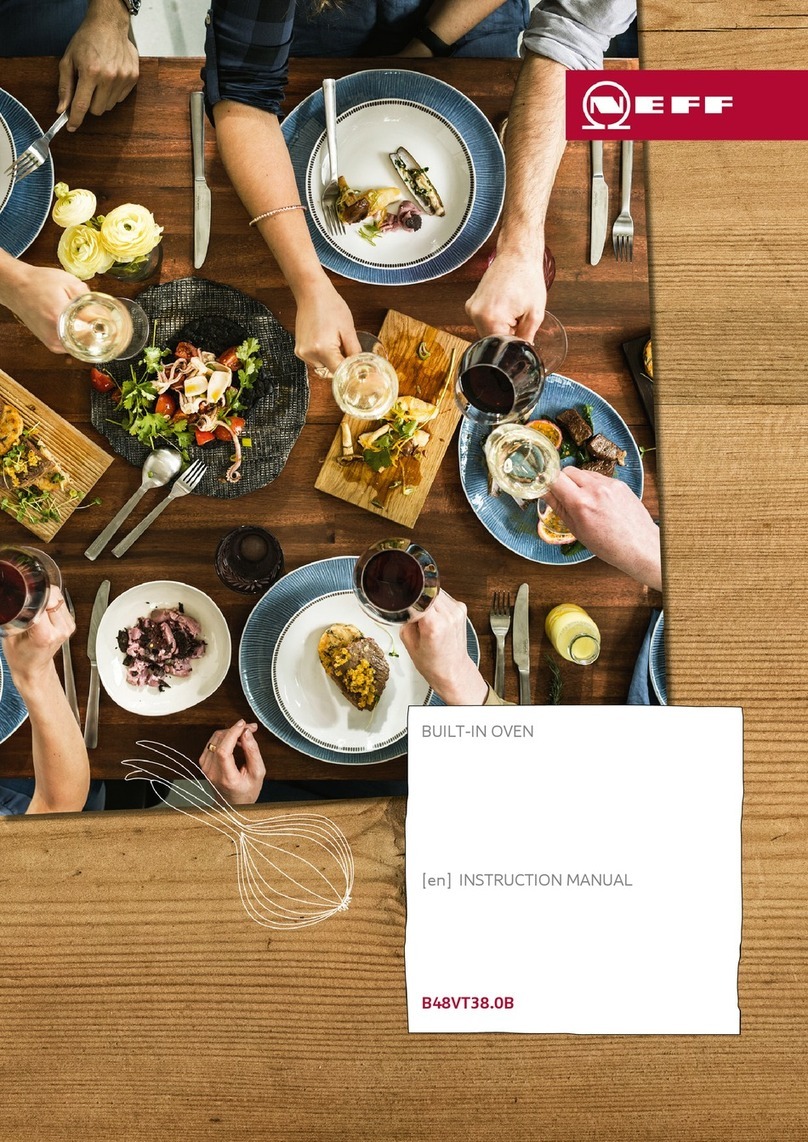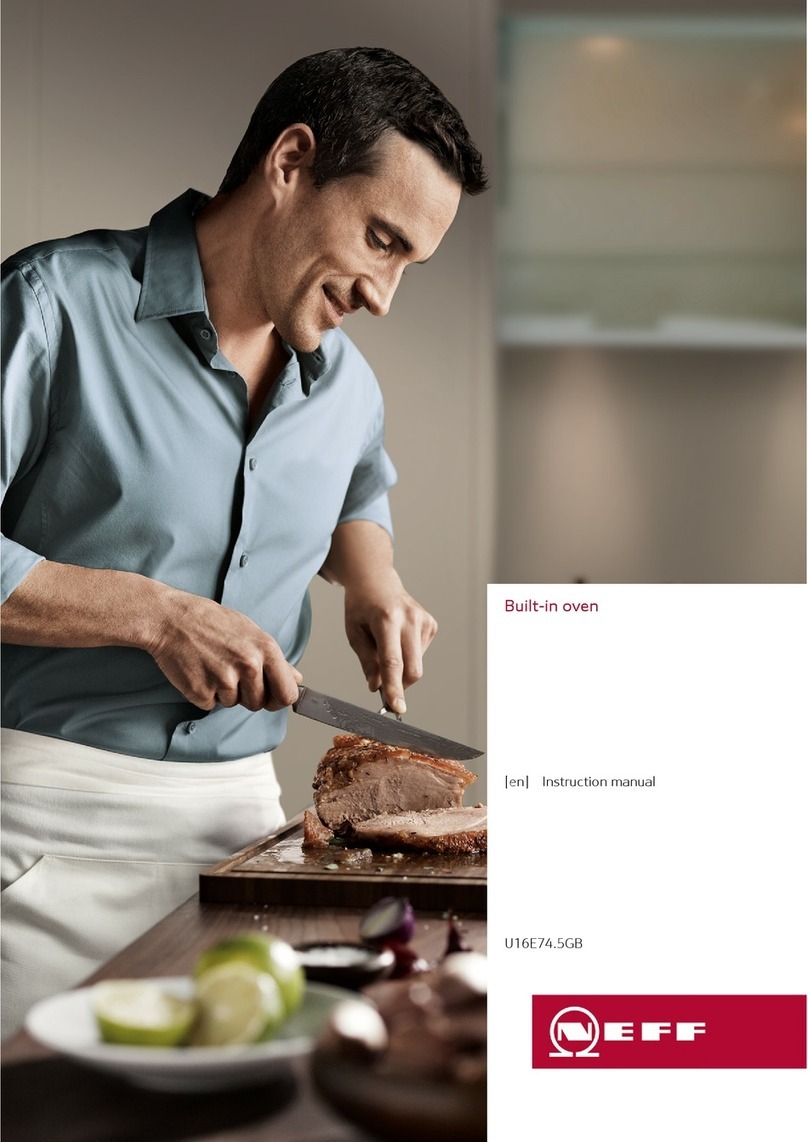
2
ÚTable of contents
[en]Instructionmanual
Safety precautions..................................................................... 3
Before installation ...............................................................................3
Information for your safety ................................................................3
Causes of damage .............................................................................3
Energy and environment tips ................................................... 4
Saving energy......................................................................................4
Environmentally-friendly disposal.....................................................4
Your new appliance ................................................................... 4
Control panel .......................................................................................4
Operating modes................................................................................5
Shelf positions .....................................................................................6
NeffLight® ............................................................................................6
Accessories .........................................................................................6
Before using the appliance for the first time........................... 7
Setting the language ..........................................................................7
Setting the water hardness ...............................................................7
Altitude calibration ..............................................................................7
Setting the clock .................................................................................7
Cleaning the appliance......................................................................8
Operating the appliance............................................................ 8
Switching on the appliance...............................................................8
Selecting operating mode and temperature..................................8
Filling and emptying the water tank ................................................9
Switching off the appliance............................................................ 10
After each steam-assisted use...................................................... 10
Automatic safety cut-out................................................................. 10
Changing the basic settings................................................... 10
Electronic clock ....................................................................... 11
Clock display .................................................................................... 11
Timer .................................................................................................. 12
Cooking time .................................................................................... 12
End of operation .............................................................................. 12
Preset operation............................................................................... 12
Setting the clock .............................................................................. 12
Rapid heat up................................................................................... 13
Checking, correcting or deleting settings ................................... 13
Childproof lock......................................................................... 13
Lock.................................................................................................... 13
Permanent lock ................................................................................ 13
Baking....................................................................................... 14
Baking on one level......................................................................... 14
Baking on two or more levels ....................................................... 14
Baking table...................................................................................... 14
Baking table for ready-made products........................................ 15
Tips and tricks .................................................................................. 16
Roasting and braising ............................................................. 17
Roasting............................................................................................. 17
Braising.............................................................................................. 17
Tables for roasting and braising................................................... 17
Tips and tricks .................................................................................. 19
Low-temperature cooking....................................................... 19
Using Low-temperature cooking................................................... 19
Table for Low-temperature cooking ............................................. 19
Tips and tricks .................................................................................. 20
Grilling .......................................................................................20
Circo-roasting ................................................................................... 20
Radiant grilling ................................................................................. 20
Grilling table...................................................................................... 21
Dough proving ..........................................................................22
Yeast dough ..................................................................................... 22
Yoghurt .............................................................................................. 23
Steam .........................................................................................23
Steam cooking ................................................................................. 23
AquaAssist - steam-assisted cooking.......................................... 24
Automatic programmes.................................................................. 25
Reheat - warming using steam................................................27
Defrosting..................................................................................28
Defrosting with CircoTherm®........................................................ 28
Defrost ............................................................................................... 28
Cleaning and care.....................................................................28
Cleaning the appliance exterior .................................................... 29
Cleaning the cooking compartment............................................. 29
Descaling .......................................................................................... 29
Self-cleaning surfaces..................................................................... 30
Oven cleaning .................................................................................. 30
Removing and fitting the appliance door.................................... 31
Cleaning the door panels............................................................... 32
Cleaning the cooking compartment ceiling................................ 32
Cleaning the hook-in racks............................................................ 32
Cleaning the telescopic shelves ................................................... 33
Faults and repairs.....................................................................33
Replacing the oven light bulb ....................................................... 34
Changing halogen bulbs................................................................ 34
Changing the door seal.................................................................. 35
After-sales service....................................................................35
E number and FD number ............................................................. 35
Test dishes ................................................................................36
Produktinfo
Additional information on products, accessories, replacement
parts and services can be found at www.neff-
international.com and in the online shop www.neff-
eshop.com
